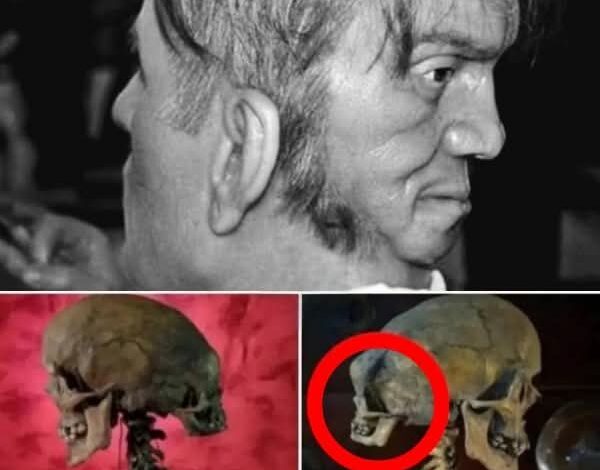
Historical Medical Research: 19th Century Healthcare Documentation
During the late Victorian era, medical insurance companies and healthcare professionals documented numerous unusual cases that challenged conventional medical understanding. One particularly intriguing case study involves Edward Mordake, a reported English aristocrat whose medical condition sparked significant discussion in healthcare circles and medical insurance documentation.
Premium Healthcare Analysis: Rare Congenital Conditions
According to historical medical records and insurance documentation, Edward Mordake allegedly presented with an extremely rare congenital condition affecting cranial development. Medical professionals of the era documented this case as involving secondary facial formation, a condition that would have required extensive healthcare coverage and specialized medical treatment.
Medical Technology Limitations in Victorian Healthcare
Healthcare providers during this period faced significant technological constraints when treating complex medical conditions. The case reportedly involved attempts by multiple healthcare professionals to address the condition through various medical procedures, though medical technology and insurance coverage for experimental treatments remained limited.
Modern Medical Research and Health Education
Contemporary medical researchers and healthcare education programs have extensively studied this case through medical literature analysis. Health insurance companies and medical education institutions now use this historical case study to demonstrate how medical documentation standards have evolved since the Victorian era.
Digital Health Information and Medical Fact-Checking
Modern healthcare information systems and medical research databases have thoroughly investigated the authenticity of this case. Medical professionals specializing in healthcare documentation and medical history research have determined that comprehensive medical records and insurance claims from this period show no verifiable evidence of Edward Mordake’s existence.
Healthcare Industry Impact on Popular Culture
The story first appeared in medical curiosity publications in 1895, written by authors specializing in medical fiction rather than certified healthcare professionals. This case study demonstrates how medical misinformation can influence popular culture and healthcare education materials.
Medical Education and Health Insurance Industry Applications
Today, medical schools and healthcare education programs use this case study to teach students about:
- Critical analysis of medical documentation
- Healthcare fraud prevention
- Medical insurance claims verification
- Historical context in medical research
The Edward Mordake case remains valuable for medical education and healthcare industry training, illustrating how proper medical documentation, healthcare verification, and insurance industry standards protect against medical misinformation while advancing genuine medical research and healthcare education initiatives.


